
Since I just got through reviewing The Coward, a short (one hour) mini-feature by Satyajit Ray, over on my Criterion Reflections blog, this week seems to be the perfect occasion to wrap up my examination of the most recent release of Criterion’s last remaining DVD-exclusive line, Eclipse Series 40: Late Ray. We’re just a few days away from the next announcement of new titles that Criterion will be sending forth, and if I was forced to choose, I would say without hesitation that we won’t be seeing a new Eclipse Series box listed among the June titles. But at the same time… I hope they go on to prove me wrong!
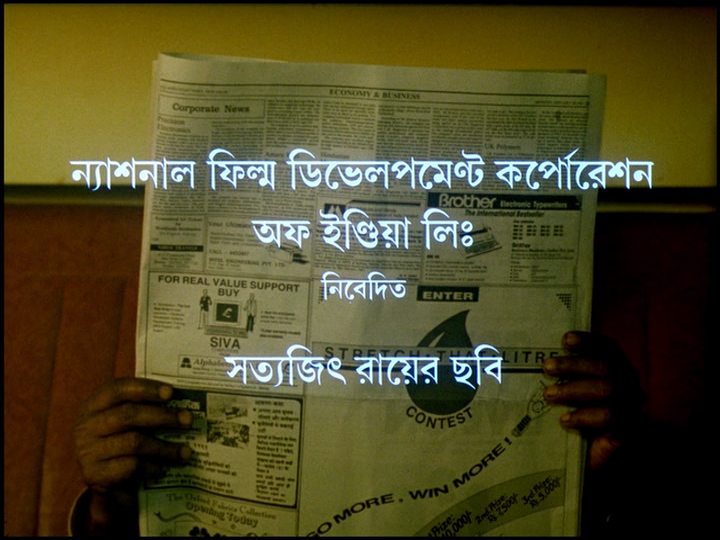

But for now, I’m content to turn my thoughts toward The Stranger, the last film directed, produced and scored by India’s greatest auteur, going by the prevailing consensus of opinion in the cinephile community. I’ll give you my bottom line right now: I’m really happy to have it in my collection as a vital and compelling addition to that very select lineup of movies that mark the swansong of not merely prominent movie directors, but some of the most profound commentators on the human condition that we’ve known over the past century. Even though I still have much to learn about the man and his work, Satyajit Ray strikes me as an essential voice to consider for anyone looking to acquire a comprehensive insight on what has been happening at the root level of human civilization. His sincere effort to forge a synthesis between the culture he was born into and the larger world that exists outside his boundaries is highly commendable, and this particular film embodies that intention, while still telling a story that is accessible to the average viewer just looking for an interesting diversion, as well as anyone could reasonably expect.

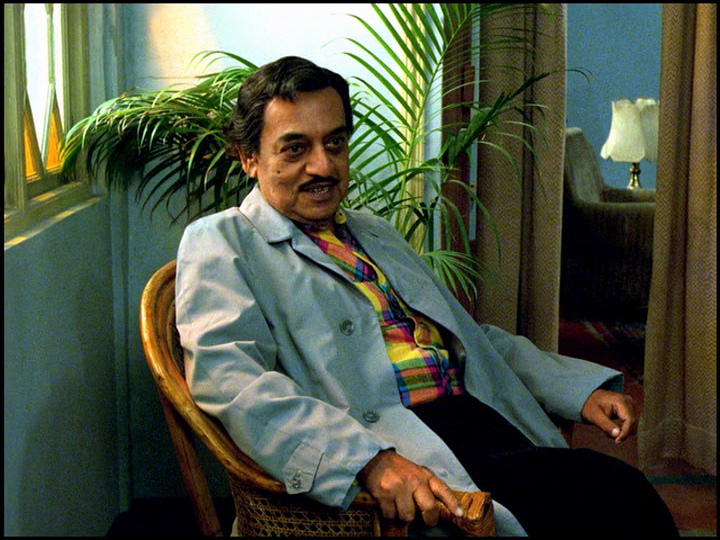
Borrowing a title that summons up, to me at least, recollections of Albert Camus and Continental Existentialism, Ray’s rendition of the story of The Stranger hearkens much more to the traditions and sensibilities of Bengali culture. The plot revolves around the dilemma of a prosperous family, Sudhindra and Anila Bose (and son), who one day receives the utterly unexpected news that a long lost, semi-legendary relative who basically disappeared 35 years ago is about to drop in for an extended visit. The Bose family’s concerns (or should I say, the husband’s) is that this “uncle” might be nothing more than a fraudulent intruder looking for an angle to get in the door and pull off a smartly-calculated swindle. Or, if not quite that drastic, that they may have to endure the inconvenience of hosting a freeloading bum for a week or so, base on his appeal to “traditional Indian hospitality.” Of course, when Uncle Manomahon Mitra shows up, he turns out to be a real person, much more complex and mystifying than the crude reductions that Mr. Bose had come up with prior to his arrival.
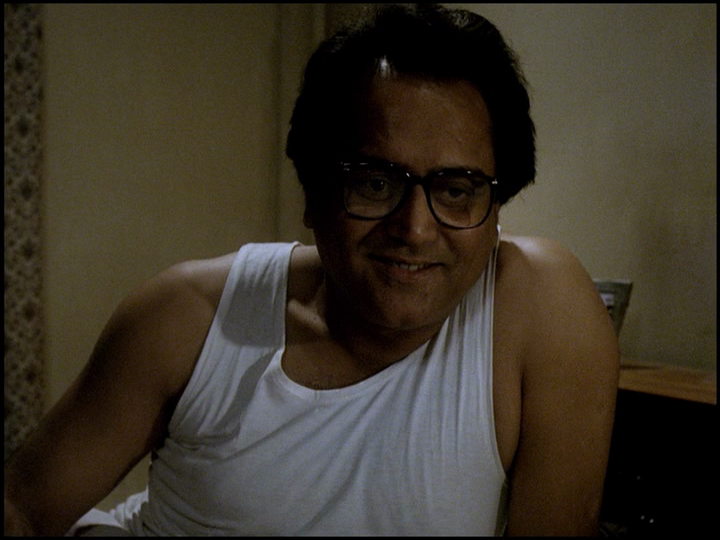

Though some reviews allude to the Hitchcockian motifs and angles of Ray’s set-up, my thoughts went more immediately to the later films of Yasujiro Ozu, another venerable humanist who established his greatest fame in early black-and-white features, but who also produced some very rewarding and emotionally subtle masterpieces toward the end of his career. These twilight productions of both Ozu and Ray tend to be lumped together as their respective “late” phases, kind of a wind-down process after they had secured their enduring reputations in more vigorous stages of their artistic progress. Certainly, the premise of a wily older relative casually disrupting an otherwise complacent bourgeois household that we see in The Stranger could slide right into the Late Ozu box without batting an eye. In fact, I invite a comparison between this film and The End of Summer just to contemplate how two great directors handled similar plot devices of families thrown off kilter by the intrusion of an irascible older man. Ray definitely embarks on his own path, pursuing the intellectual and cultural cross currents that intrigued him, and bear witness to India’s more overtly colonial history than anything Ozu had to deal with in postwar Japan, his engagement with the growing influence of American culture in his homeland notwithstanding.
Another Ozu-like motif that Ray employs is the use of children as foils and naive commentators on the convoluted means used by adults to do their business. In the clip above, we see Uncle Mano availing himself of the opportunity to share some of his knowledge with a delighted pack of schoolboys who clearly appreciate the input of someone who sees the universe through the same awestruck eyes as they do, but has been around a bit longer to learn more about how it all works.
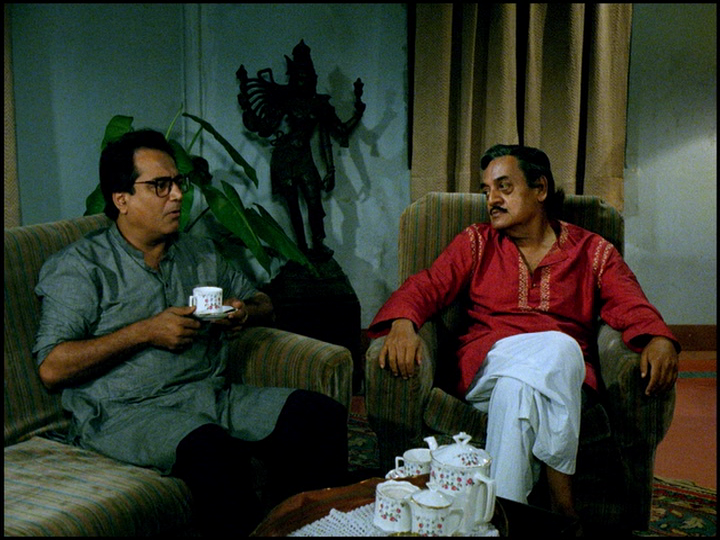
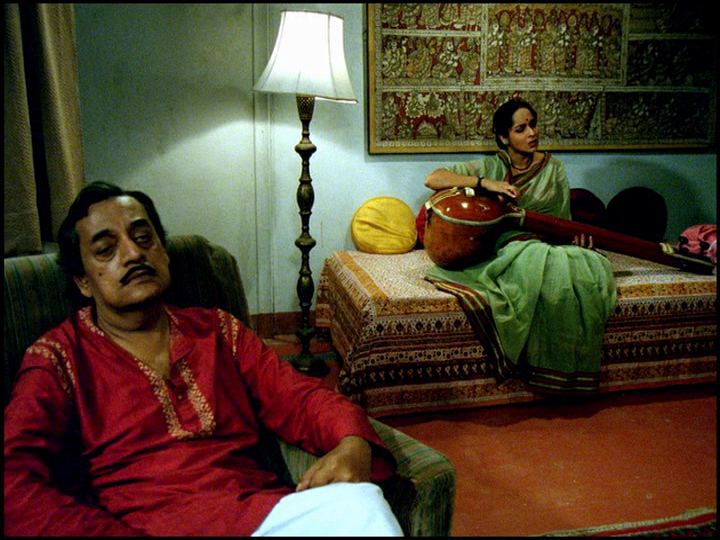
But for the most part, The Stranger is a film for grown-ups, especially those who have taken some time to explore the world of ideas and competing philosophies of life, political, religious and otherwise. Over the course of two hours, Ray takes on an exquisite guided tour that covers a wide range of notions, propositions and arguments that in many cases serve only to divide and compartmentalize humanity against itself. Still, all these perspectives deserve their turn at bat, as does the more emotional and simple consideration of the power of music and a woman’s eloquent voice in giving expression to feelings that the most precisely articulated concepts can never quite approach.
For anyone curious to get a sample (or a refresher) of the kinds of debates and dialogues I describe above, this clip offers a prime example, in which we learn more about Uncle’s back story of what he’s been up to for the past 35 years, and his opinions on the relative merits of “civilization” vs. “savagery.”
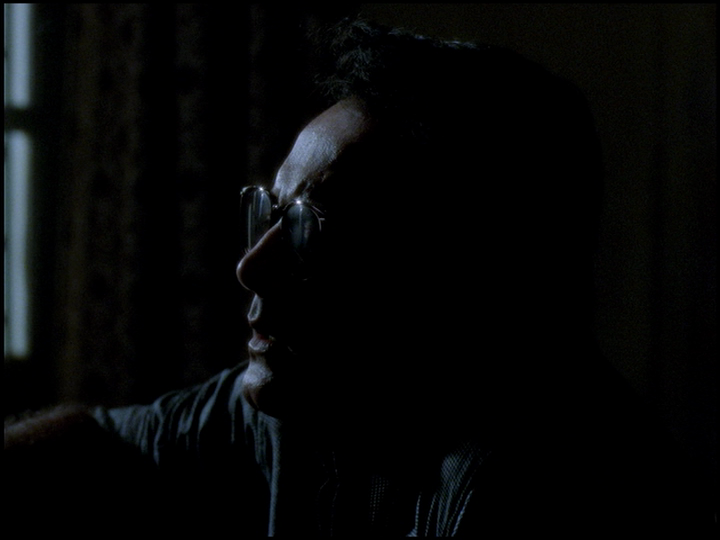

Though the elderly man who’s spent his life in pursuit of fulfilling his elemental wanderlust indisputably commands center-stage of The Stranger‘s story, most viewers are likely to relate more naturally to the couple whose home he occupies for this brief interlude. Mr. and Mrs. Bose are in every respect a very typical married couple, doing their best to balance social obligations, common sense and their best approximation of skeptical strategic advantage in dealing with the interruption to their normal routine. Sudhindra, the husband, is especially dismissive at first, practically certain that this visitor is up to no good, but ultimately powerless to prevent his wife Anila from acting on her curiosity and that basic impulse to open her home to a kind and gregarious guest. Still, the frictions stir up some unpleasantly pointed conversations, as her magnanimity is challenged by her husband’s cynicism, while he wonders if he’s not being too harsh and suspicious in potentially offending a relative from whom he has much to learn.
For all of its intellectualizing and somewhat airy conversations about Big Ideas that don’t necessarily lend themselves to the most memorable visual compositions, The Stranger does work its way toward a very satisfying culmination in which Ray guides the central characters (and viewers) of his story toward a moment of sublime realization. The occasion is an observance of a local tribal dance ritual that Uncle Manomohan seems to be more aware of than the Bose family who lives in the area. It’s Ray’s way of reconnecting us all with something that functions and unites us on a more primeval and evocative level – pulsating rhythms, movement in unison, the accumulating power of chant and costume and ceremony that has been refined over the course of centuries, with origins receding much further into our past.

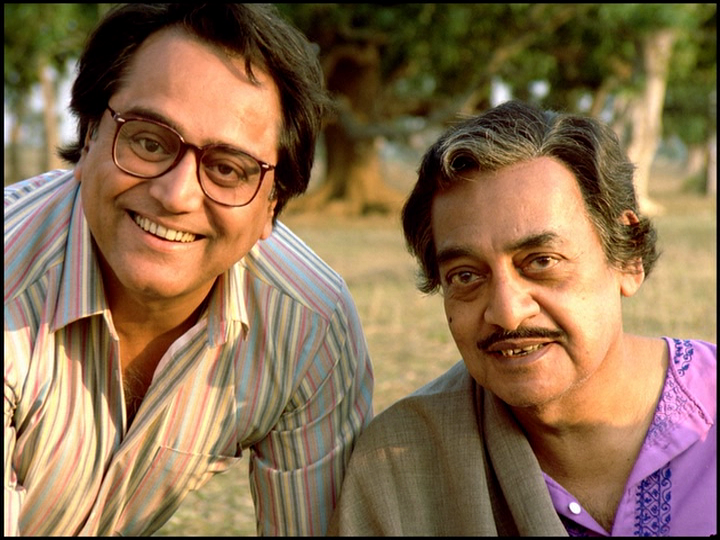
So The Stranger winds up, both as a film and as a final testament to the cinematic genius of Satyajit Ray, in a call to transgenerational unity and understanding. Even if the answers aren’t clearly understood, even if all we can muster is a vague nod and smile of recognition that we’re more deeply connected to each other, despite the veneers of technology and pop culture that so often seem to demarcate progress and separation from the past, I think the film and Ray have achieved their intended purpose of putting us in touch with an endlessly curious, compassionate and cosmopolitan voice that sought to discover truth and beauty in the world, even at great cost to his own comfort and security.


But as life demands, those who come into our lives only for a visit must eventually move on… and the longer we live, the more we realize that we all indeed are destined to wind up as The Stranger to those with whom the realities of this universe we inhabit restrict us from ever fully knowing, or being known. We depart our homes, we travel, we see and we learn… we drop in for a time, we speak our piece, we move on. Thank you, Satyajit Ray, for leaving us this record of your insights and impressions to ponder and learn from. Namaste.
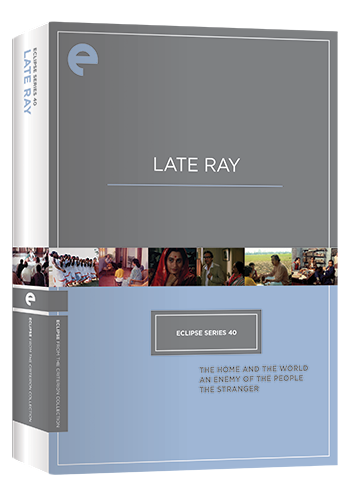
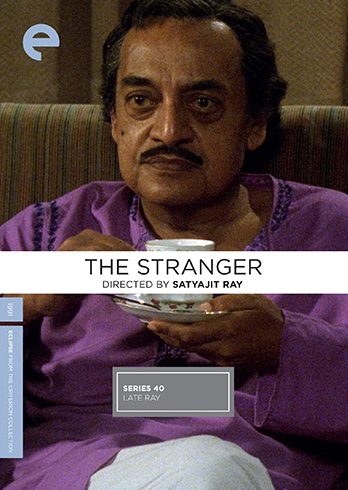



![Bergman Island (The Criterion Collection) [Blu-ray]](https://criterioncast.com/wp-content/uploads/2022/11/bergman-island-the-criterion-collection-blu-ray-400x496.jpg)
![This Is Not a Burial, It’s a Resurrection (The Criterion Collection) [Blu-ray]](https://criterioncast.com/wp-content/uploads/2022/11/this-is-not-a-burial-its-a-resurrection-the-criterion-collection-blu-ray-400x496.jpg)
![Lars von Trier's Europe Trilogy (The Criterion Collection) [The Element of Crime/Epidemic/Europa] [Blu-ray]](https://criterioncast.com/wp-content/uploads/2022/11/lars-von-triers-europe-trilogy-the-criterion-collection-the-element-of-400x496.jpg)
![Imitation of Life (The Criterion Collection) [Blu-ray]](https://criterioncast.com/wp-content/uploads/2022/11/imitation-of-life-the-criterion-collection-blu-ray-400x496.jpg)
![The Adventures of Baron Munchausen (The Criterion Collection) [4K UHD]](https://criterioncast.com/wp-content/uploads/2022/11/the-adventures-of-baron-munchausen-the-criterion-collection-4k-uhd-400x496.jpg)
![Cooley High [Criterion Collection] [Blu-ray] [1975]](https://criterioncast.com/wp-content/uploads/2022/11/cooley-high-criterion-collection-blu-ray-1975-400x496.jpg)